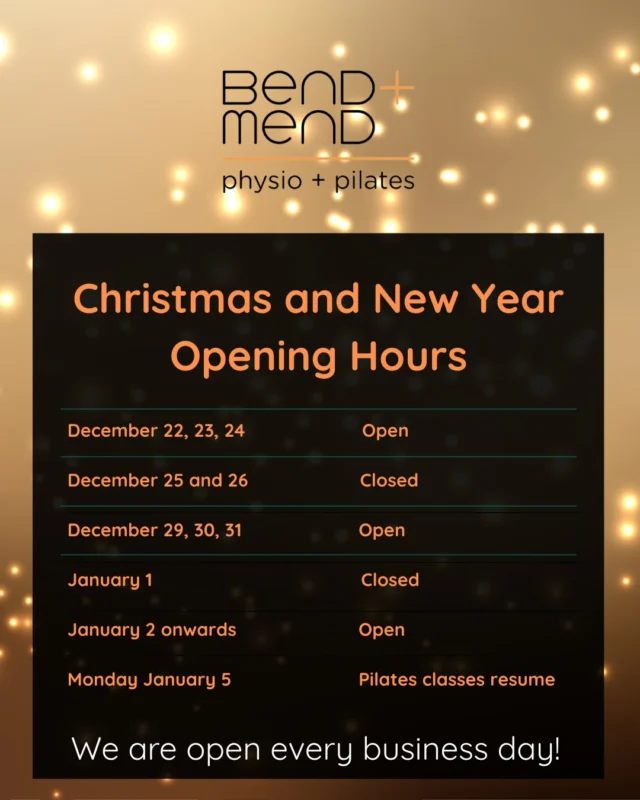Today there are several different types of scans available for us to request and use as clinicians. Patients can often get confused about the difference between these types of scans, or why one is chosen over another.
If you’ve had an acute (new) injury and have consulted your GP, they may have sent you for an x-ray before referring you for Physiotherapy. An x-ray is a form of electromagnetic radiation that is used for images of the skeletal system (bones), as well as pathology of the lungs and the abdomen. Your Doctor or Physio will refer you for an x-ray if they suspect a fracture, or any sort of bony abnormality. X-rays produce 2D images and do not show injuries to the tendon, ligaments or other soft tissues.
A CT scan (Computed Tomography) is a variation of an x-ray which generates images of the musculoskeletal system but can also be used for other parts of the body such as the head and lungs. Traditionally, CT scans also produced 2D images in axial and sagittal planes, but due to modern technology they can now produce images in various planes or even 3D representations. CT scans are most reliable for picking up bony fractures, ligament injuries and dislocations.
An MRI (Magnetic Resonance Imaging) is a medical imaging technique which uses a powerful magnetic field to produce images. It provides good contrast between the different soft tissues, which makes it especially useful in imaging muscles, tendons, nerves and other soft tissues.
In the practice of Physiotherapy we do not use scans as a means to a diagnosis as they do not necessarily reflect the true problem or where pain is originating from. Many people with no pain or injury can have abnormal findings on a CT or MRI. Scans can, however, be helpful when surgical intervention may be indicated, for example, following a knee injury with a possible ACL tear. As always, if you have any questions be sure to contact your Bend + Mend Physiotherapist!







Hi there. Based on the “diagnosis not based on scan” principle, usual protocol is NOT to request scans on a patient’s initial consultation. This has been my experience and this article verifies “why”. Why not rule out the possibility of a clear visual indicator of a mechanical problem and send patients to get scans on the first consultation? Why shouldn’t a physiotherapist ask for scans immediately?
Thanks for your comments Aree.
The debate on whether we should send people off for MRIs immediately has been going for some time now, but current research has shown some pretty clear and compelling evidence that has steered us in a similar direction to how we’ve gone previously with regards to x-rays. That is, even though we know that the exposure risk of MRIs is minimal compared to x-rays, we now recognise that getting scans can have much more detrimental outcome effects to our patients than radiation exposure risks we’ve been historically more worried about.
Here is a link to a video called “Should You Have an MRI For Low Back Pain?” that is a nice general explanation of why we don’t rush into scans on first consultations, unless of course there are clear indicators to have us refer for this. This is where a skilled and experienced Physiotherapist is invaluable in their assessing of your condition so that management is correctly guided. If you need more advice, please feel free to book in with one of our Bend + Mend Physios to discuss your problem further!